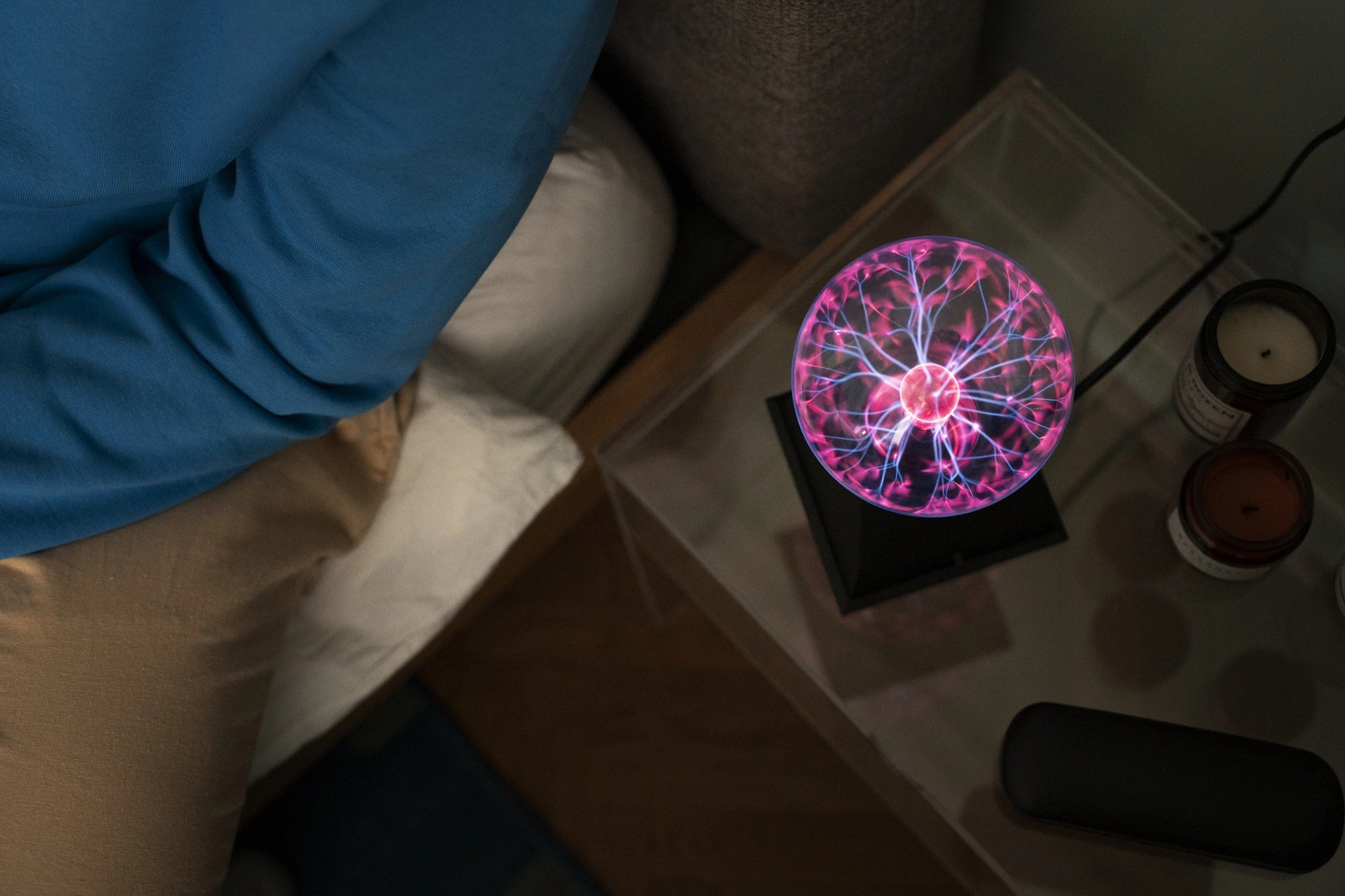- Gohar Publication
- Darul-Madina
- paramount
- Shauq
- Hamdard
- Dogar-Publisher
- Kifayat Publishers
- Corner-Stone
- Jinnah Book House
- Javed Publication
- Snowman Publisher
- NBF ( National Book Foundation )
- Moon Light Publisher
- Maze Publisher
- PTB (Punjab Text Book)
- Maryam Publication
- Scholar Publications
- Afaq Publisher
- Maryam Publication
- Oxford
- PTB (Punjab Text Book)
- Albakio
- NBF ( National Book Foundation )
- Cantab Publisher
- Caravan Publishers
- CEF (Character Education Founadtion)
- A – Z Publisher
- New National Foundation
- Cambridge
- Caravan-Publishers
- Qadri-Pulications
- Spectrum
What Sticks More in Memory, Print or Screen?

In our increasingly digital world, are physical books going to fade from our memory – and even from our lives, what is better Print or Screen? Researchers are finding that despite technological advancements, print often leads to better comprehension, retention, and recall than screens. However, digital screens do have some unmatchable pros. Here’s a deep dive into the science behind what stays in your brain from Print or Screen, plus tips to make the most of each format.
1. Print or Screen: What Enhances Memory Encoding
Studies dating back decades suggest that paper promotes deeper learning. In a 2003 experiment with college students comparing screen vs. print learning, both groups scored similarly on immediate quizzes—but when asked whether they “remembered” or “knew” the answer, the print‐reading participants relied more on actual memory, whereas the screen readers often felt they were guessing. This suggests print enables richer encoding—forming mental landmarks and cues that anchor facts more securely. In contrast, screens often lead to a more superficial familiarity.

2. Spatial & Tactile Memory Boost
Physical books offer a spatial terrain: pages have a left or right orientation, bookmarks, and even the feel or smell of paper. Scientists like Anne Mangen describe this as creating “spatio-temporal cues” that help form memory maps—like remembering “It was on the upper-left side of the page”.
One often-cited meta-analysis (36 studies) found students scored 7–13 percentage points higher in comprehension when reading printed text compared to digital. The tactile and visual engagement of paper plays a major role.
3. Screens & Cognitive Load
Screens come with hidden barriers—digital fatigue, glare, distractions like notifications, hyperlinks, and scrolls—all of which increase cognitive load and reduce focus. One review reported that eye strain complaints affect about 70% of heavy screen users.
Moreover, screens encourage skimming, reducing deep comprehension. Linguist Naomi Baron and others observe that reading digitally often triggers a casual, rapid-scroll mode—what some call the “shallowing hypothesis”—instead of the focused intent triggered by paper.
4. Kids & Deep Reading: On Paper or Screen
For younger readers, print’s benefits are even more pronounced. Norwegian research using EEG found children in grades 4–6 engaged deeper reading processes when reading physical text compared to screens.
A large meta-analysis from the University of Valencia, spanning 450,000 participants, showed a strong link between paper reading and comprehension (correlation 0.3–0.4), but a much weaker one for digital (0.05)—and digital reading correlation improves with age.
5. Meta-Studies Speak Out
Several overarching meta-studies strengthen the case for print:
- WinSS meta-analysis (2018) – paper reading led to better comprehension, though reading speed was similar.
- Education review (2019) – 29 out of 33 studies found print outperformed screens for learning, especially for nonfiction.
These findings, spanning lab experiments to real‑world classrooms, consistently endorse paper’s edge—while also reminding us the effect size isn’t enormous but still meaningful.
6. The Role of Testing & Retrieval
Whether on paper or screen, active retrieval—testing yourself on what you’ve learned—helps solidify memory (known as the “testing effect”). But combined with print, this strategy thrives: you recall facts while guided by mental maps and tactile cues. Screen reading alone is often more passive, relying on a sense of familiarity rather than actual recall.
7. Screens Have Their Place (When Used Right)
This doesn’t mean screens are useless—they’re excellent for quick research, interactive content (videos, quizzes, hyperlinks), or when portability and multimedia are priorities. Devices like e‑ink readers (e.g., Kindle Paperwhite), which mimic print by reducing glare, may bridge the gap somewhat .
Furthermore, multitasking is often easier digitally: toggling between tabs and apps can offer convenience when used intentionally . But the temptation to switch away from deep reading remains strong.
8. When Is Print a Better Choice?
Here are specific scenarios where reading from paper significantly boosts comprehension and memory:
A. Studying for Exams or Deep Learning
When preparing for exams and trying to find out the preferred option, Print or Screen, then you must prefer print over screen because it supports better concentration, annotation, and deep processing. A 2021 study from the University of Valencia found that students who studied from printed material had 20–30% better recall than peers using digital devices.
📌 Ideal for: Final exams, standardized tests, technical subjects, legal reading.
B. Reading Complex or Dense Text
Academic papers, literature, or scientific reports require sustained attention. Print allows for easier backtracking, margin notes, and reducing eye strain over long sessions.
📌 Ideal for: Medical texts, philosophical works, law textbooks, lengthy contracts.
C. Young Learners and Early Literacy
Children aged 6–12 absorb more from print. Screens are less effective for developing deep reading skills. The Guardian reports that screen learners in this group performed 15–25% worse on comprehension tests (The Guardian, 2024).
📌 Ideal for: Learning to read, school textbooks, storybooks.
D. Reducing Fatigue and Eye Strain
Paper is gentle on the eyes, especially over long durations. The American Optometric Association notes that screen-induced eye strain affects 58–80% of regular digital readers.
📌 Ideal for: Long-form reading, people with visual sensitivity, bedtime reading.
E. Better Memory Recall for Older Adults
A 2020 University of Toronto study found adults aged 60+ recalled 25% more information after reading from print. The spatial and tactile cues of paper supported better memory encoding.
📌 Ideal for: Cognitive therapy, memory exercises, retirement learning.
9. When Is Screen a Better Choice?
Despite its drawbacks, digital content is invaluable in certain contexts—particularly for accessibility, convenience, and multimedia interaction.
A. Reading on the Go or in Transit
Digital devices let you carry an entire library. For commuters, travellers, or minimalists, the convenience of an e-reader or phone is unmatched.
📌 Ideal for: Fiction, news, magazines, light nonfiction.
B. Interactive Learning & Multimedia
Online platforms provide videos, quizzes, hyperlinks, and forums—all engaging tools that paper can’t offer. Studies show digital tools can enhance learning by up to 40% when used interactively.
📌 Ideal for: Learning languages, coding tutorials, online certifications.
C. Searching and Researching
Need to find a specific term or phrase fast? Screens allow keyword search and digital annotation. Some studies show readers are 20% more efficient when looking up specific data digitally.
📌 Ideal for: Research papers, reviewing articles, legal briefs.
D. Collaboration and Note Sharing
Screens make real-time sharing easy—via Google Docs, PDFs, or cloud systems. In such scenarios, the question, Print or Screen, becomes irrelevant. For team collaboration or remote learning, digital formats are indispensable.
📌 Ideal for: Group projects, business documents, digital textbooks.
E. Accessibility Tools
Text-to-speech, font resizing, dyslexia-friendly formats, and screen readers allow broader access for individuals with disabilities.
📌 Ideal for: Visually impaired users, learners with dyslexia, ESL learners.
Here’s how to leverage each format:
9. Print or Screen, Selection Criteria
| Use Case | Best Format | Why |
|---|---|---|
| Studying or deep diving | Better comprehension, fewer distractions, supports deep engagement and memory | |
| Quick reference/ light reading/ research and keyword searches | Screen | Convenient, searchable, portable |
| Memory retention/ retrieval | Print + self-testing | Combines testing effect with strong encoding |
| Multimedia & interactive study/ multilingual or audio learning | Screen | Integrates text, audio, video |
| Young Learners and Early Literacy | Boosts deep literacy skills | |
| Commuting or travel reading | Screen | Portable, accessible, convenient |
| Reducing Fatigue and Eye Strain | No glare, natural reading pace | |
| Collaboration and Note Sharing | Screen | Easy sharing and live editing |
10. Real‑World Implications
The shift to screens—especially in schools—during and after COVID has accelerated digital reliance. But experts like MIT neuroscientist John Gabrieli caution that ed‑tech lacks evidence of improving comprehension at scale. While screens are here to stay, the pendulum may need rebalancing.
11. Hybrid Learning: The Best of Both Worlds?
Now, What is the most effective approach, Print or Screen? A hybrid strategy. Many educators now recommend that the question, Print or Screen, should be rephrased as Print and Screen now. It is best using screens for engagement and discovery, and print for retention and comprehension.
Pro tip: Start reading deeply in print, then use a screen for review and practice (e.g., flashcards, quizzes). This mirrors the testing effect—repeated recall strengthens memory.
12. The Bottom Line: Print or Screen
Combine both strategically for the most effective learning outcome.
Use print for deeper learning, better memory, and focus.
Use screens for quick reference, collaboration, and multimedia.
Final Thoughts
While screens are convenient and essential in modern life, print absolutely holds an edge in fostering deep comprehension, long-term retention, and focused engagement. Whether you’re a student, professional, or lifelong learner, strategically blending paper with well-paced screen use—and tapping into memory-enhancing techniques—can help you remember more, understand better, and learn deeper in today’s digital era.
We have over 2500 books to explore on our website (https://aminandsons.com.pk)





